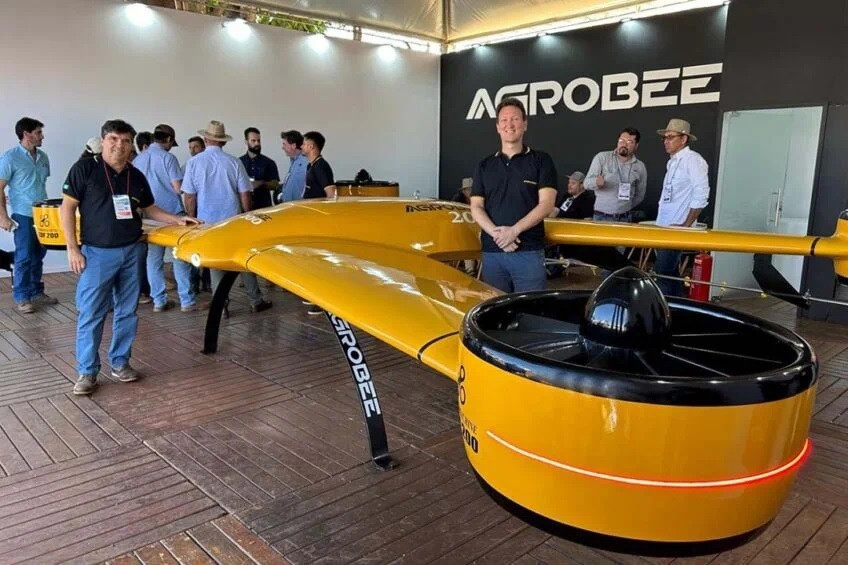2024 top 5: Most read articles on drones

Drones are transforming agriculture, helping farmers improve efficiency and sustainability. On Future Farming’s website, drone-related content has drawn significant attention. Here, we highlight the 5 most-read articles that showcase the latest innovations and applications of drone technology in modern farming.
This week, coming up to the end of 2024 and the first week of 2025, we look back at the content we have shared over the year. In the coming days, you will find the top 5 listings of our best-read articles.
1. Case IH ‘gatecrashes’ agricultural drone market with 2 models
Case IH announced the pre-launch of its first Sprayer Drone as a complementary solution to the company’s portfolio. The company will import and distribute the Vtol in 2 models, 30 litres and 70 litres, in Brazil to all its concessionaries. The price of the drones will be published with the introduction.
Case IH ‘gatecrashes’ agricultural drone market with 2 models
Text continues below picture

2. Agrishow: Mega-drone reaches autonomy of 1h20min with 200 litres of chemicals
In about 4 months, a group of aeronautical engineers developed the VTol Agrobee 200 drone, which sold 50 units just in Agrishow 2024, the main event in Brazil on agricultural technology.
Agrishow: Mega-drone reaches autonomy of 1h20min with 200 litres of chemicals
Text continues below picture

3. The Race for the largest spray Drone: Rotor Technologies unveils 110-Gallon Sprayhawk
Rotor Technologies, a U.S.-based company, has unveiled the largest agricultural unmanned aerial vehicle (UAV) currently available for order. Named the Sprayhawk, this UAV boasts a substantial 110-gallon (416.3 litres) capacity. The initial batch of Sprayhawks will be delivered in spring 2025.
The Race for the largest spray Drone: Rotor Technologies unveils 110-Gallon Sprayhawk
Text continues below picture

4. Drone spraying services: costlier, yet delivering significant advantages
Despite their higher cost compared to traditional methods, drone spraying services offer significant advantages, leading to a rapid increase in their adoption worldwide. The potential of drone technology to revolutionise agricultural spraying practices is increasingly recognised.
Drone spraying services: costlier, yet delivering significant advantages
Text continues below picture

5. Advancements in agricultural drones: Innovations and market trends
There is a growing presence of drones in the agricultural market, boasting impressive flight endurance and payload capacities. Among these innovations, Brazilian company Agrobee is advancing with the development of new VTOL drones capable of carrying up to 900 litres of pesticides.
